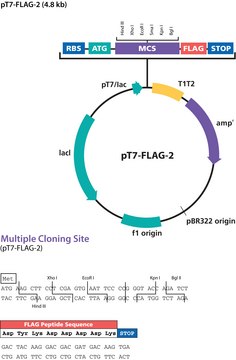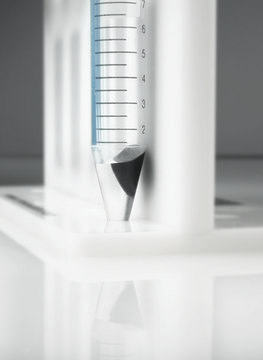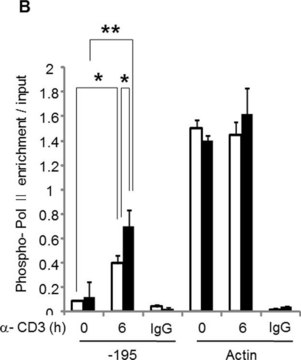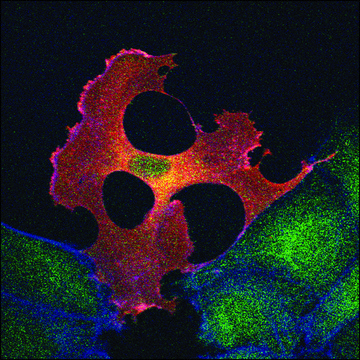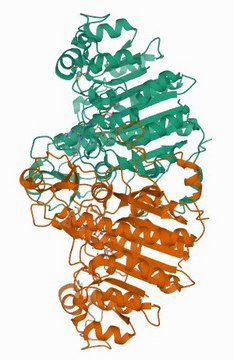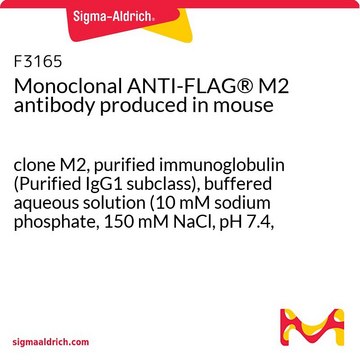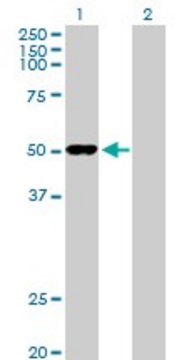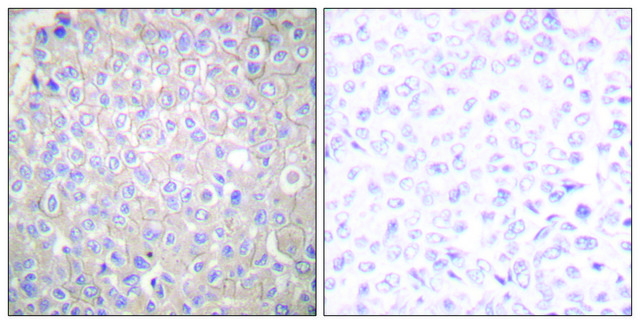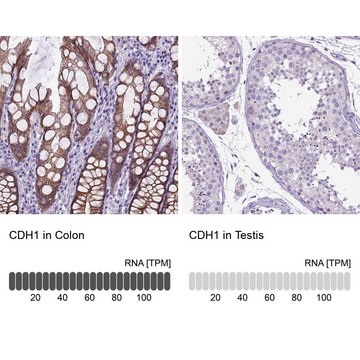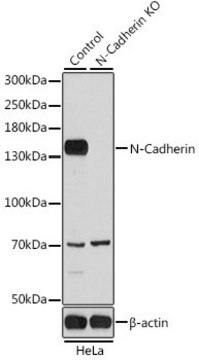C0330
Ciprofibrate
Synonym(s):
2-[p-(2,2-Dichlorocyclopropyl)phenoxy]-2-methylpropanoic acid
Select a Size
About This Item
Recommended Products
form
powder
Quality Level
storage temp.
2-8°C
SMILES string
CC(C)(Oc1ccc(cc1)C2CC2(Cl)Cl)C(O)=O
InChI
1S/C13H14Cl2O3/c1-12(2,11(16)17)18-9-5-3-8(4-6-9)10-7-13(10,14)15/h3-6,10H,7H2,1-2H3,(H,16,17)
InChI key
KPSRODZRAIWAKH-UHFFFAOYSA-N
Gene Information
human ... PPARA(5465)
Looking for similar products? Visit Product Comparison Guide
1 of 4
This Item | SAB4503751 | HPA004812 | SAB5700190 |
|---|---|---|---|
| biological source rabbit | biological source rabbit | biological source rabbit | biological source rabbit |
| antibody form affinity isolated antibody | antibody form affinity isolated antibody | antibody form affinity isolated antibody | antibody form affinity isolated antibody |
| Quality Level 100 | Quality Level 100 | Quality Level 100 | Quality Level 100 |
| form buffered aqueous solution | form buffered aqueous solution | form buffered aqueous glycerol solution | form buffered aqueous solution |
| species reactivity mouse, human, rat | species reactivity human | species reactivity human | species reactivity human, mouse, rat |
| UniProt accession no. | UniProt accession no. | UniProt accession no. | UniProt accession no. |
Biochem/physiol Actions
Signal Word
Danger
Hazard Statements
Precautionary Statements
Hazard Classifications
Carc. 1B
Storage Class Code
6.1C - Combustible acute toxic Cat.3 / toxic compounds or compounds which causing chronic effects
WGK
WGK 3
Flash Point(F)
Not applicable
Flash Point(C)
Not applicable
Personal Protective Equipment
Choose from one of the most recent versions:
Already Own This Product?
Find documentation for the products that you have recently purchased in the Document Library.
Our team of scientists has experience in all areas of research including Life Science, Material Science, Chemical Synthesis, Chromatography, Analytical and many others.
Contact Technical Service